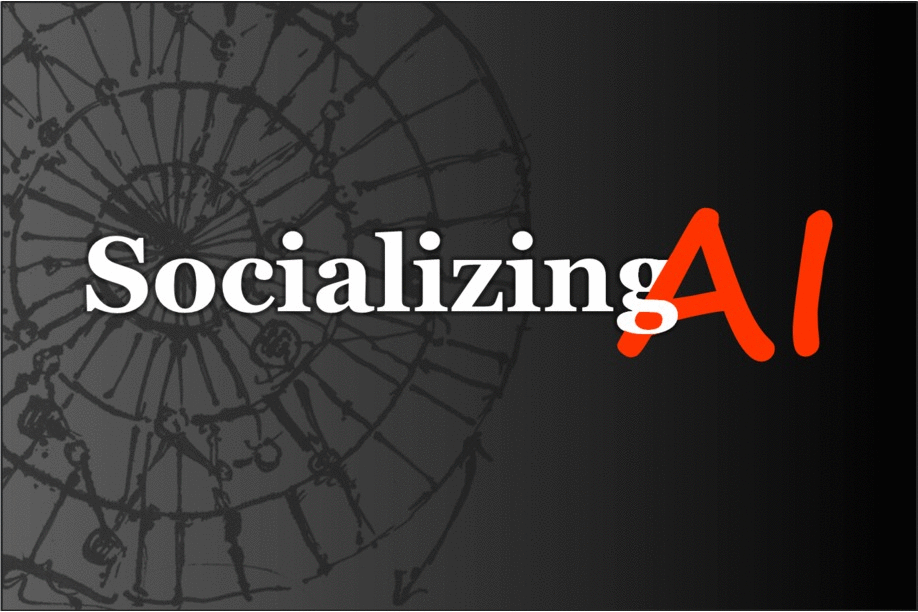Defining the terms: artificial and intelligence
For regulatory purposes, “artificial” is, hopefully, the easy bit. It can simply mean “not occurring in nature or not occurring in the same form in nature”. Here, the alternative given after the “or” allows for the possible future use of modified biological materials.
This, then, leaves the knottier problem of “intelligence”.
Intelligence measures an agent’s ability to achieve goals in a wide range of environments.
Definition proposed by: Marcus Hutter (now at ANU) and Shane Legg (now at Google DeepMind)
This informal definition signposts things that a regulator could manage, establishing and applying objective measures of ability (as defined) of an entity in one or more environments (as defined). The core focus on achievement of goals also elegantly covers other intelligence-related concepts such as learning, planning and problem solving.
But many hurdles remain.
First, the informal definition may not be directly usable for regulatory purposes because of AIXI’s own underlying constraints. One constraint, often emphasised by Hutter, is that AIXI can only be “approximated” in a computer because of time and space limitations.
Another constraint is that AIXI lacks a “self-model” (but a recently proposed variant called “reflective AIXI” may change that).
Second, for testing and certification purposes, regulators have to be able to treat intelligence as something divisible into many sub-abilities (such as movement, communication, etc.). But this may cut across any definition based on general intelligence.
From a consumer perspective, this is ultimately all a question of drawing the line between a system defined as displaying actual AI, as opposed to being just another programmable box …
Source: Lifehacker
PL: Ouch

